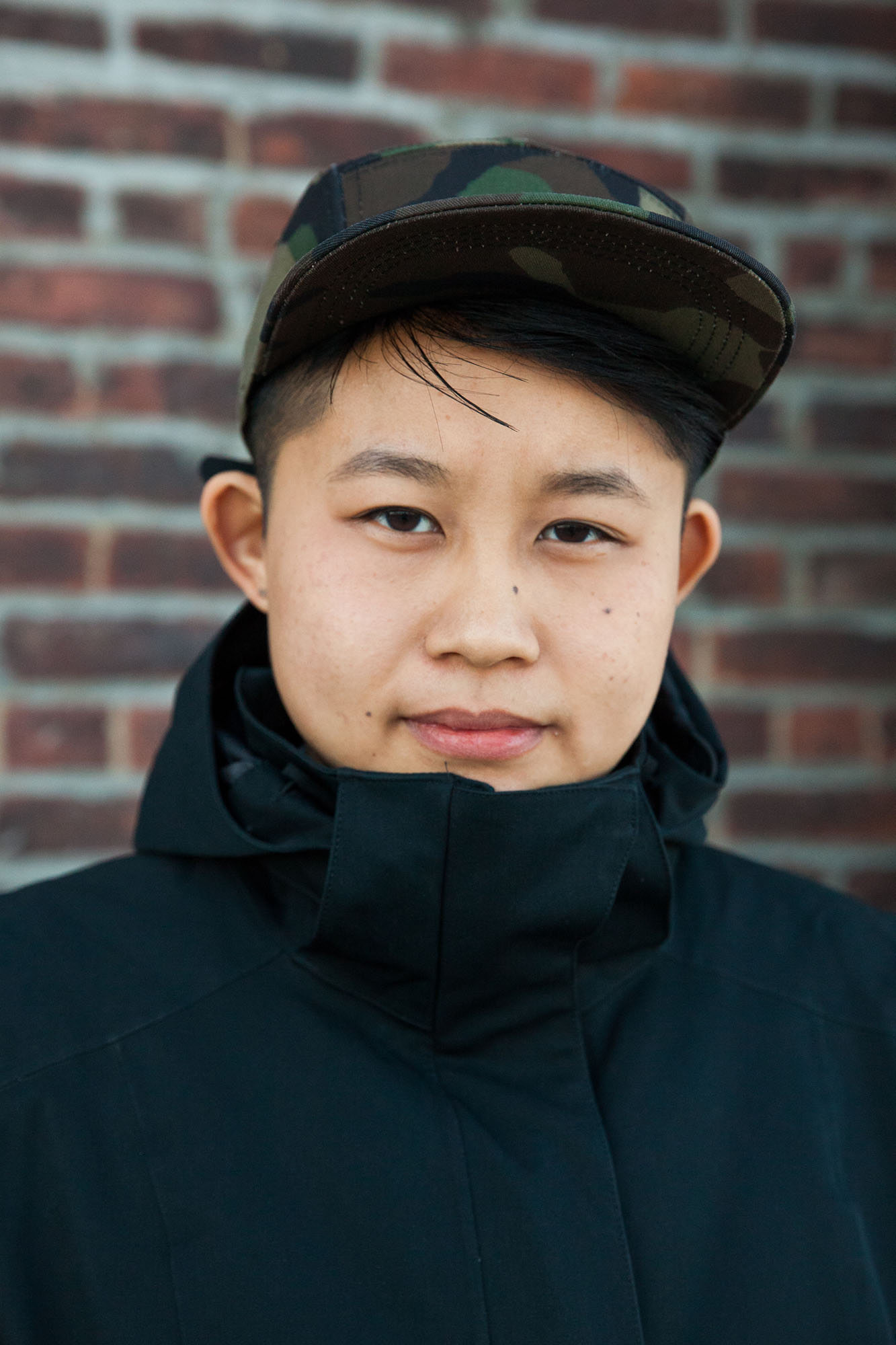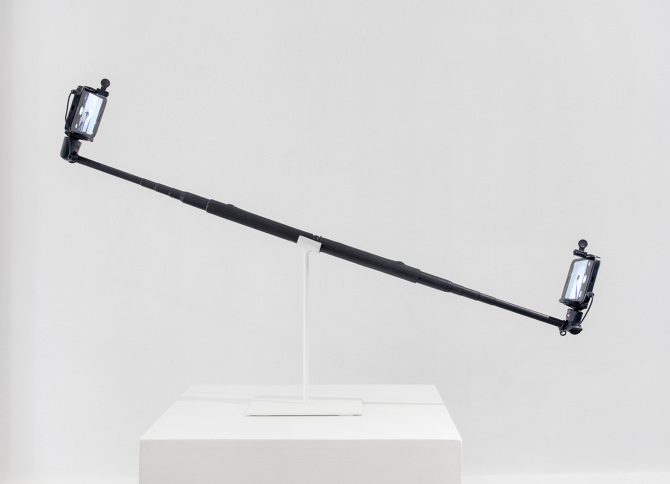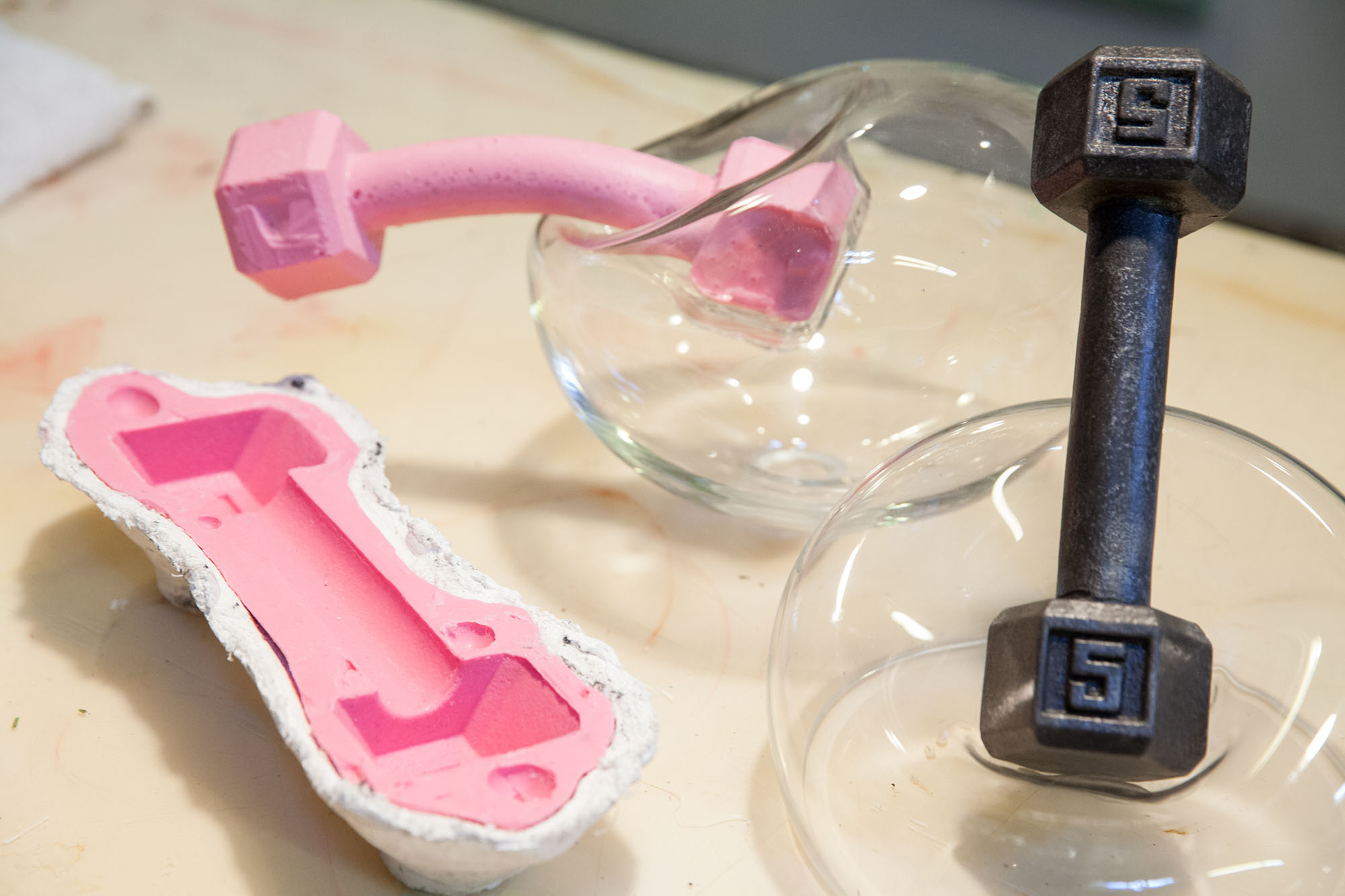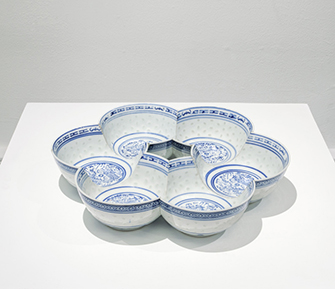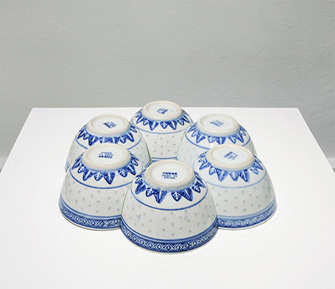Jes Fan is a talented artist who grew up in Hong Kong and moved to the states 6 years ago. They studied Glass at RISD and this “background in craft taught [them] how to root [their] conceptual interest in materials.” Fan explains, “I knew very early on that I am an artist and I need to pursue a career as an artist. As I look back, I’m sure it is because I have experienced first-hand how art can change lives. As a closeted teen in a conservative culture, art really was the first step of self-recovery and healing.”
I had the opportunity to visit them at their Red Hook studio with photographer Mengwen Cao to learn more about their past and how that has influenced their artistic practice.
Read more below:
If I were to pin point to one specific moment, it would be the moment when I came to states and was suddenly labeled as a minority. Being Asian and growing up in Asia, I wasn’t aware how power and privilege is deeply embedded in the color of my skin. Coming here, I find my abilities constantly underestimated by the status of my skin color and gender (especially in the macho fabrication industry I am in). I also went to Catholic school for a decade and during those years I was deep in the closet. In those years, I always had to perform the role of being ‘female’ in public. In these two instances, I have learned how identity is neither static nor binary.
Your work often explores the perception of the self (ex: DOUBLE-HEADED and After AI (Self Portrait). What has led to your fascination of this concept on this level?
As I focus on identity politics, my self and my identity have become a paramount tool to orientate that discourse. These particular projects that you mention specifically came from my observation of how I externalize my own identity. I am fascinated by the lapse between how one identifies internally and how one exerts that identity into the material world.
“…I find myself suddenly excused and my abilities underestimated by the status embedded in my skin color, especially in the hyper-masculine fabrication industry I am in.”
iPhone 5s, Selfie Sticks, 2015. Image courtesy of the artist.
In your studio we chatted about the humor you find in dichotomy, irony, and hypocrisy. Can you describe some specific works that reflect this interest and how this impacts your choice of materials?
If done well, humor can be an effective anesthetic. In that sense, it can be a very effective bait. In my current project, I am casting a flaccid dumbbell out of silicone and tofu. Some materials are inherently funnier than others, like silicone for instance. We immediately connote silicone with flesh, sex toys and softness, using symbolism inherent to a material can be an effective way to compound the meaning of a piece.
I’m interested in your sculpture Six Bowls Six Mouths. What does this piece represent to you, and what about interaction and community is significant?
Six Bowls Six Mouths is intended to be an autobiographical depiction of my family dynamics. Growing up in a conservative Chinese family, I wanted it to illustrate how intimacy can be a learned habit, orchestrated by daily rituals such as dining.
This piece was also enacted in a performance where I host dinner parties and serve soup in it. It has less to do with connecting oneness in the community, but more to do with how long will it take this to form a habit.
Six Bowls Six Mouths, Hand Carved China, Adhesive, 2012. Image Courtesy of the artist.
What is in store for you for 2016?
I have just been awarded of the Edward and Sally Van Lier Arts Fellowship at the Musuem of Art and Design (MAD). With the financial support of the fellowship, I am planning to pursue a project at a larger scale. On top of that I am organizing a solo show to exhibit what I’ve accomplished in the fellowship, so stay tuned!
For more information please visit www.jesfan.com

